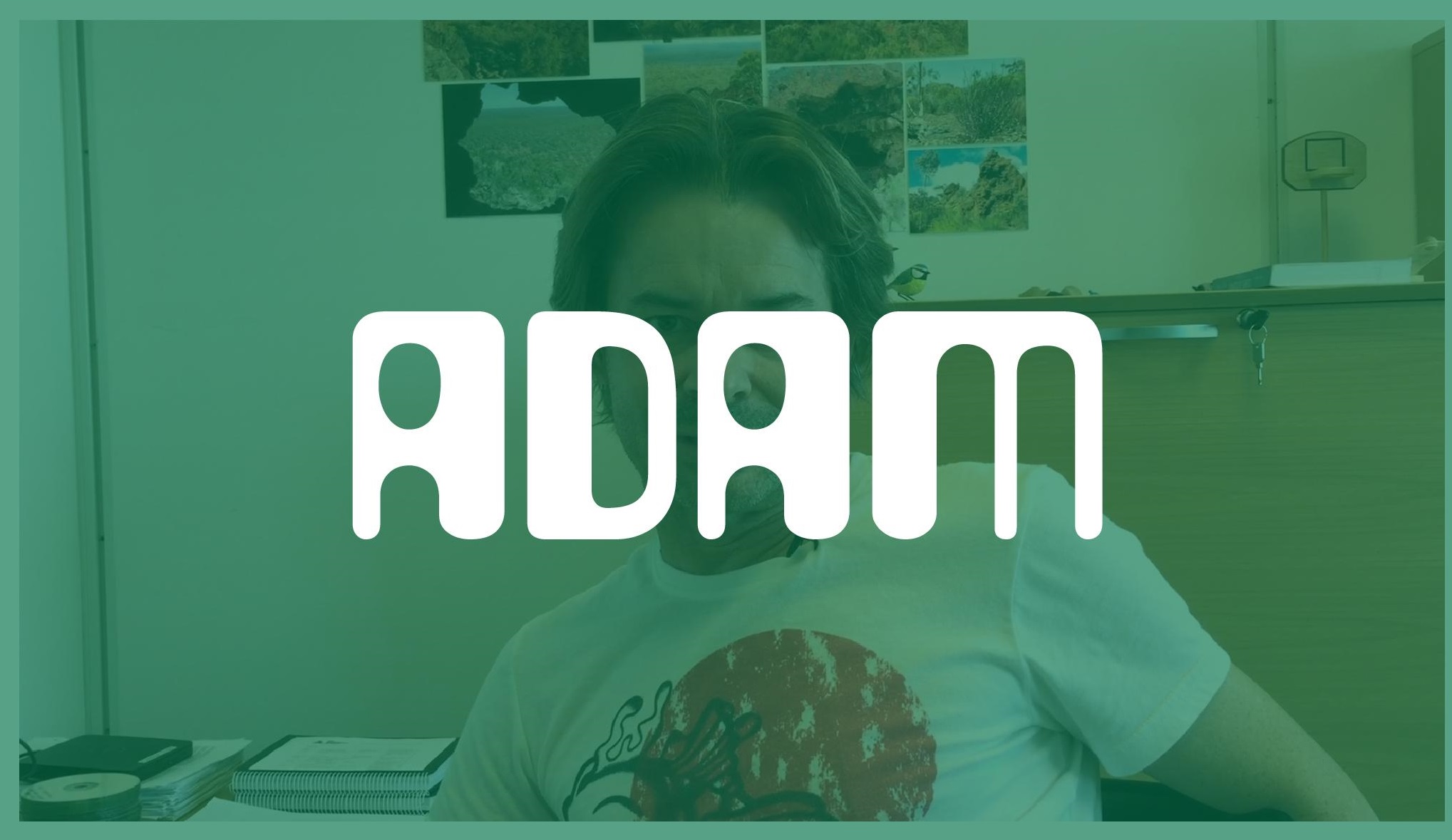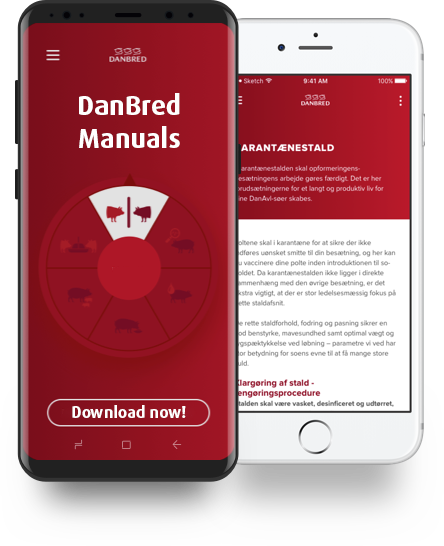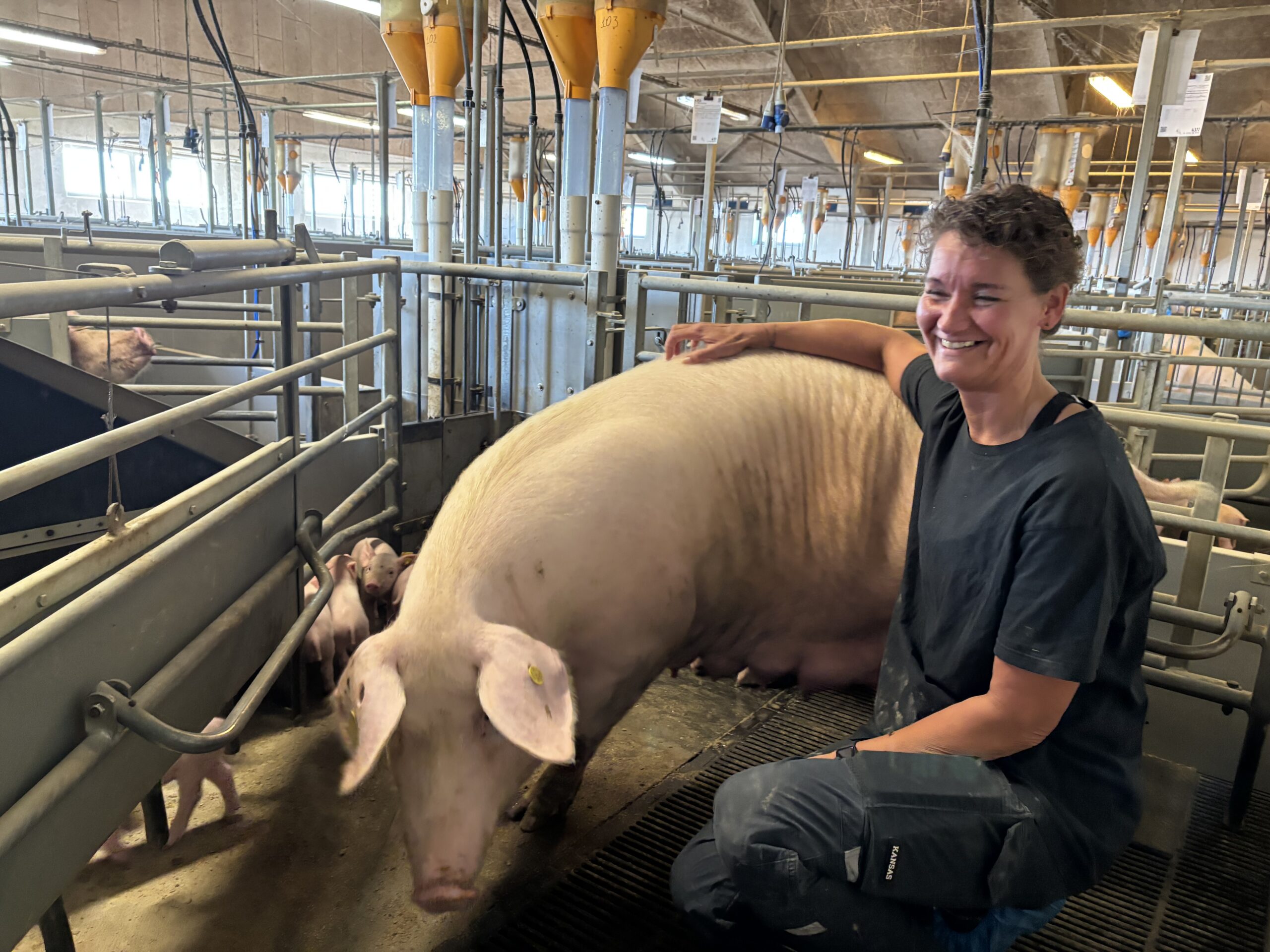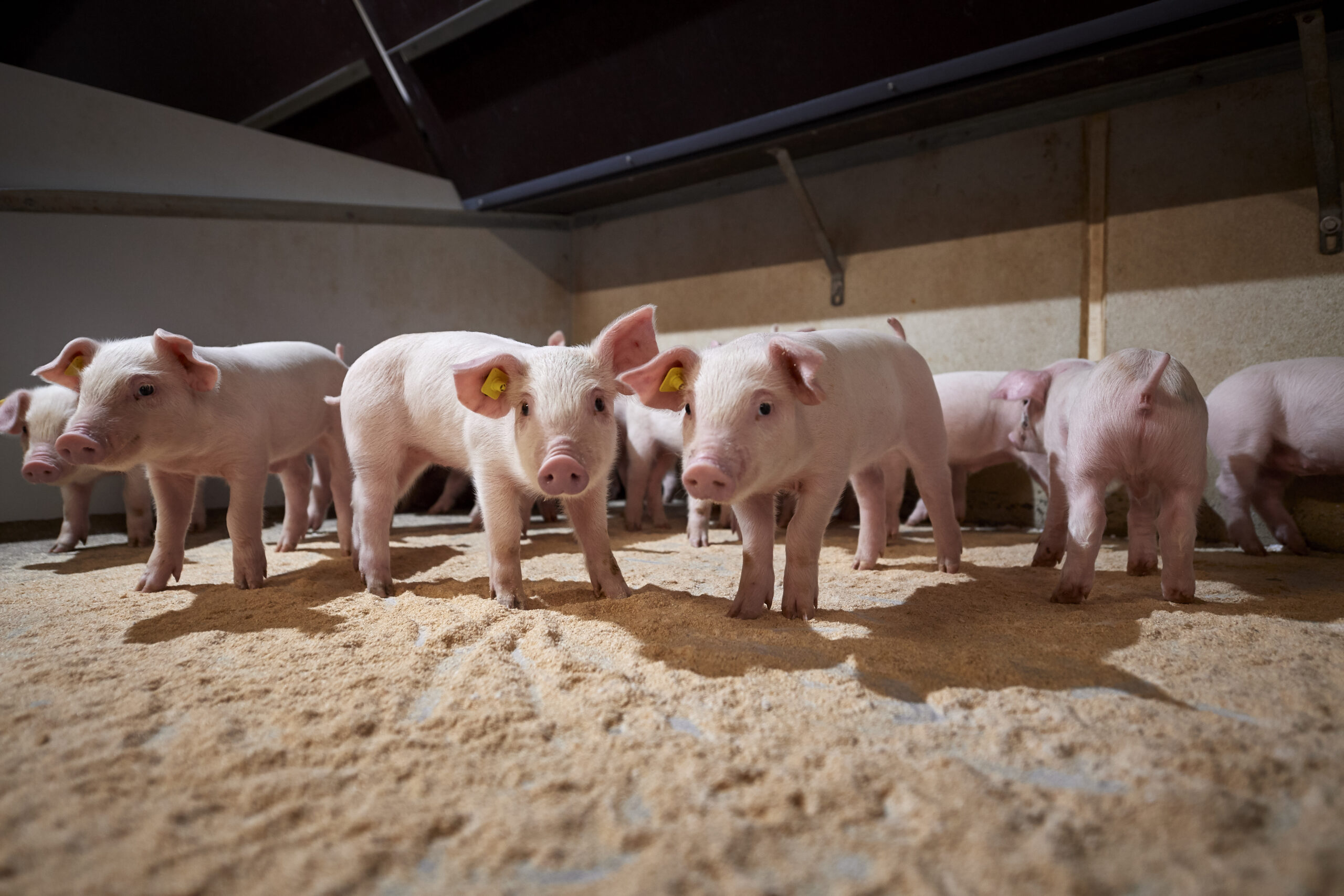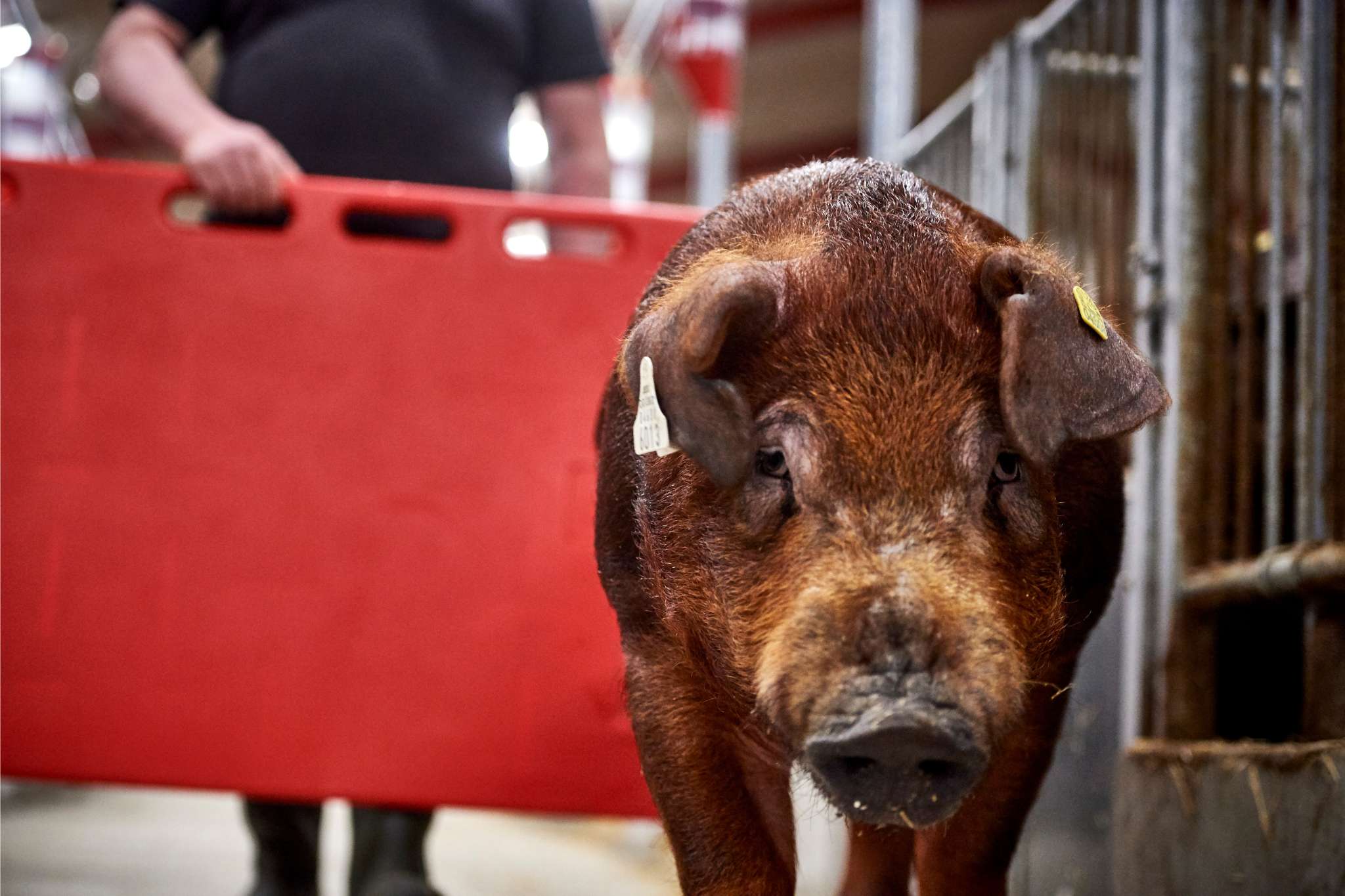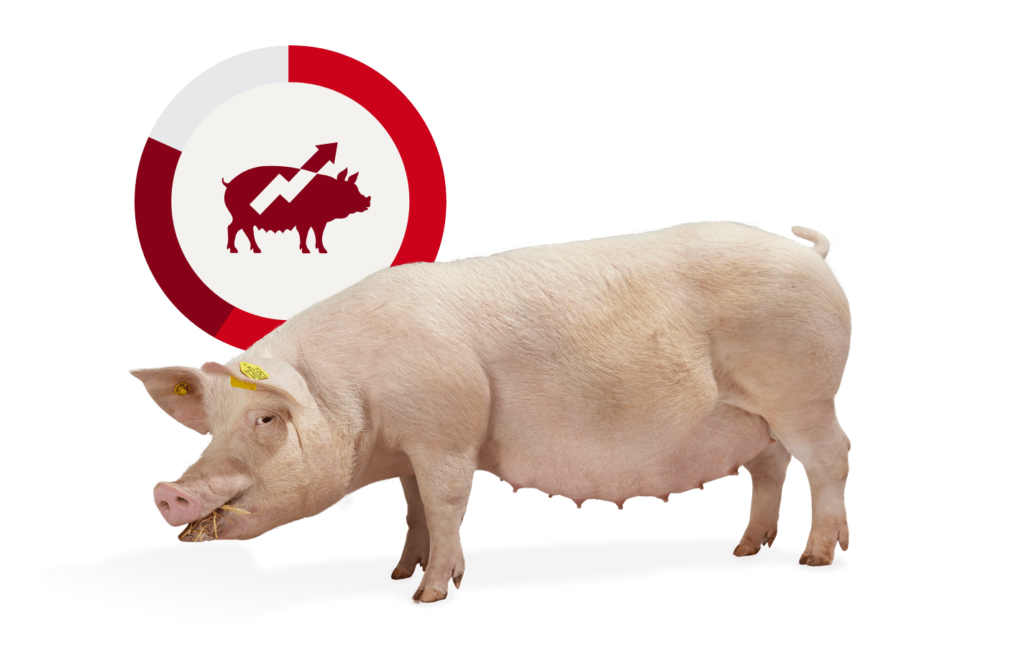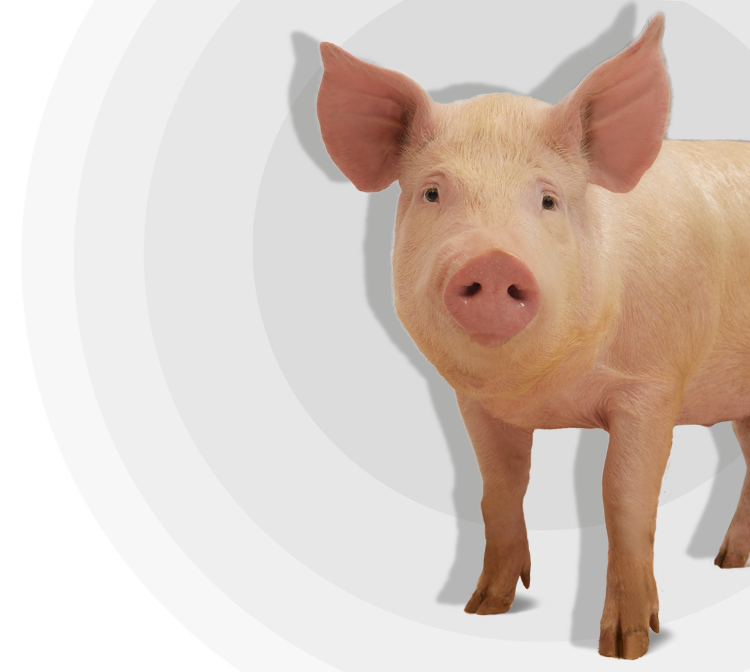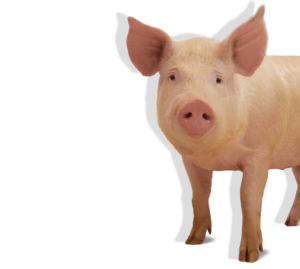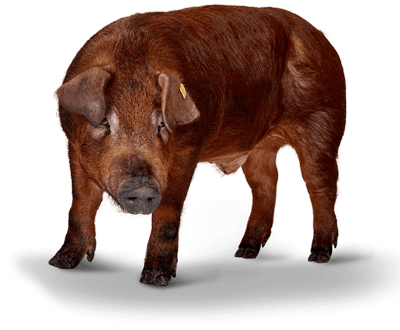Ask ADAM! That’s what SEGES Pig Research Centre does before it makes changes to the DanBred breeding scheme for pigs. ADAM is a computer program – developed by Aarhus University and SEGES Pig Research Centre – that simulates animal-breeding schemes.
How much extra genetic gain can we realise over the next five, ten, or even 20 years if we DNA test all pigs in the nucleus herd? What if we modify the breeding goal? Can we realise more genetic gain for feed efficiency by measuring the total amount of feed eaten by groups of pigs? ADAM can help answer these and many other questions. Like a ‘crystal ball’, it predicts the outcome of proposed changes to the DanBred breeding scheme.
ADAM makes these predictions by simulating the DanBred breeding scheme. It generates computer-simulated pigs, each with their own unique DNA. Pigs are reared and performance tested at breeding herds, multiplier herds, and at the test station, Bøgildgård.
“ADAM is a tool to assess breeding decisions. It helps us make better decisions for the DanBred breeding scheme. This ensures that our genetics remains world-class”, said Mark Henryon, Senior Scientist at SEGES Pig Research Centre.
“We use ADAM to compare different breeding scenarios in the DanBred breeding scheme. For example, we used it when we first considered DNA testing all pigs in the nucleus herd. We used ADAM to predict the extra genetic gain we would realise by increasing the proportion of pigs that were DNA tested from 40 to 100%. ADAM predicted that it was worthwhile to DNA test all pigs; we would realise enough extra genetic gain to benefit pig producers.”
‘Real life’ experiments
Mark Henryon sees computer-simulation tools, such as ADAM, as the only practical method to assess breeding decisions.
“Unfortunately, we can’t carry out ‘real-life’ selection experiments with our pigs that run for 5-10 years every time we want to make changes to the breeding scheme. The number of pigs, time, and costs involved makes that impractical. So, computer simulation is really the only option we have – it is here that ADAM can help us make the right decisions”, said Mark Henryon. Mark Henryon did, however, issue a gentle word of warning: running simulations in ADAM takes time and a lot of planning.
“It takes more than just pressing ‘return’ on the computer to run an ADAM simulation. The predictions that come out of the program can only be as good as the information we put into it. We still need to understand the genetic mechanisms underlying different traits, the structure of the pig population, and the selection strategy – to mention a few of the many input parameters needed. And we need to design experiments and apply the same scientific principles as if we were carrying out an experiment in real life. There is no way around that”, said Mark Henryon.

